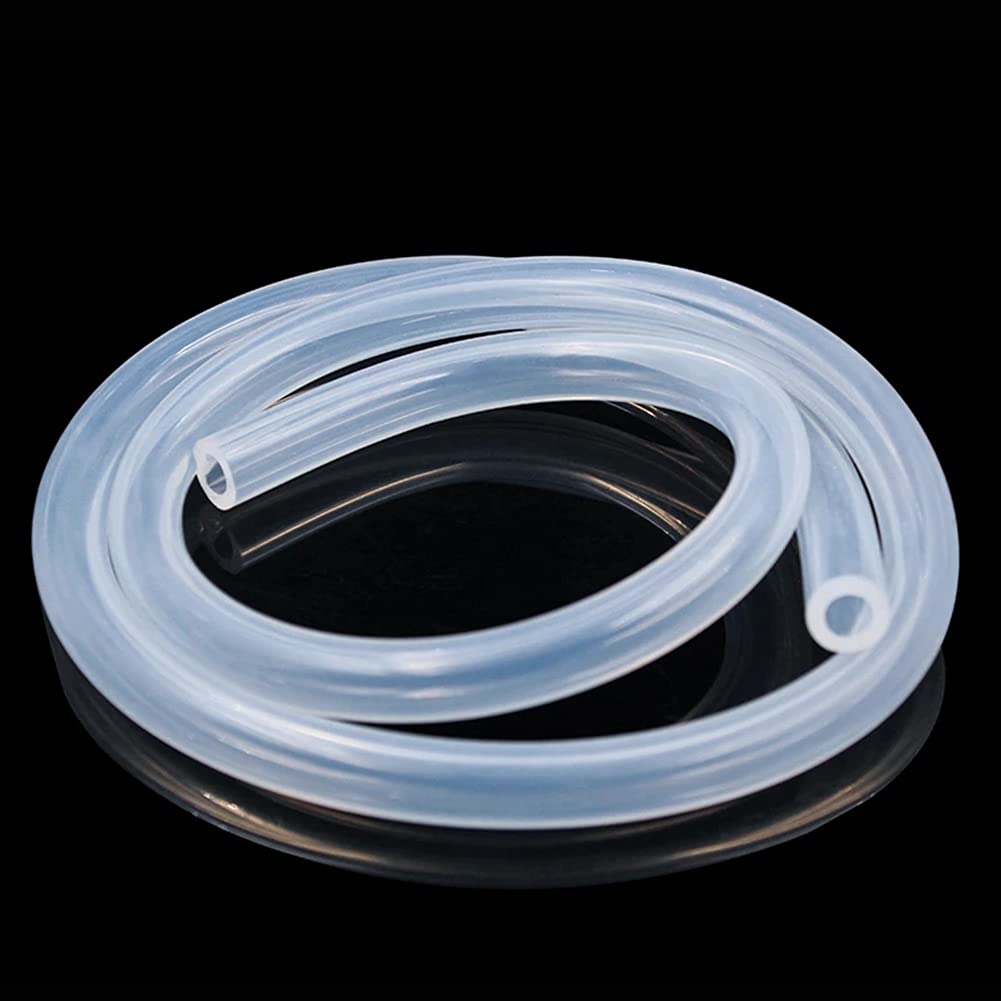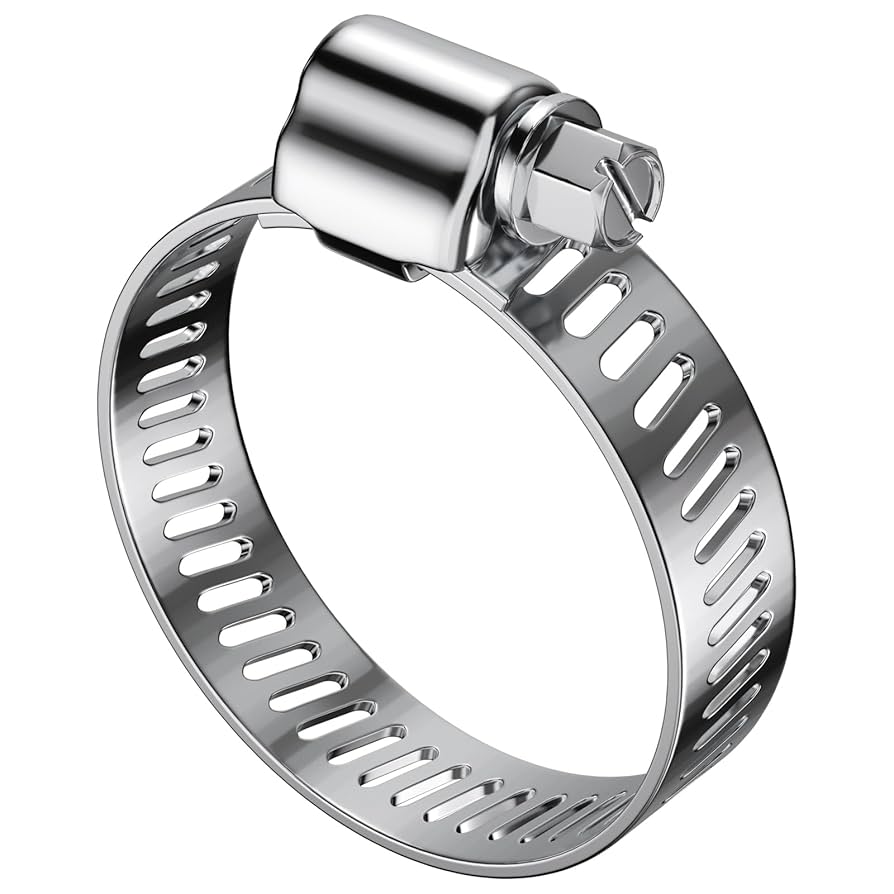frank80401
New Member
- Joined
- Jan 6, 2013
- Messages
- 4
- Reaction score
- 2
Just curious of how many homebrewers skip the normal cool down with a wort chiller of any type, put the wort in the fermenter and place it somewhere to cool down over night to pitching temp.
I talked to homebrewer that has done this for years. Of course he lives in an environment where this is easy to do most of the year.
I talked to homebrewer that has done this for years. Of course he lives in an environment where this is easy to do most of the year.








































